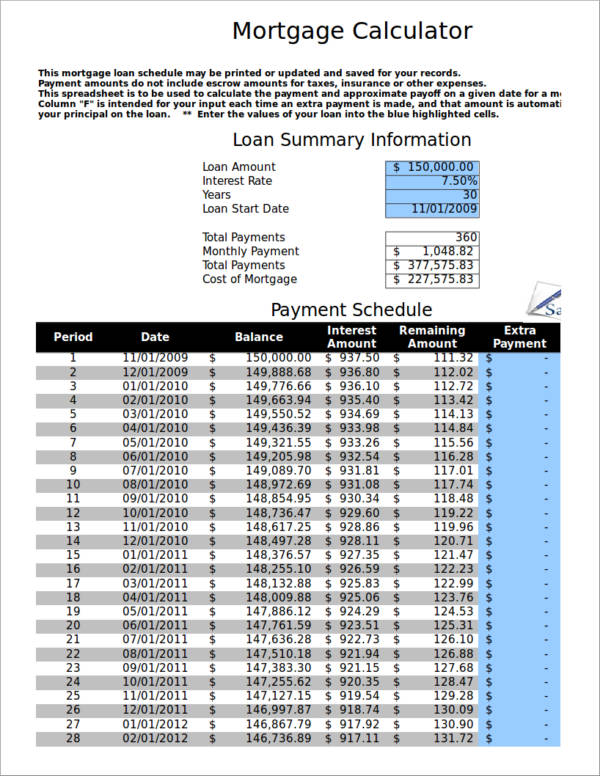

It’s important to note that neither prequalification or preapproval is a commitment to lend as you must formally apply for a home purchase loan after the seller accepts your offer. If you’re ready to buy a home within the next few months, taking the extra step to get preapproved can be well worth your time. Because the preapproval process verifies your financials, sellers are more likely to accept these offers first. Getting preapproved for a mortgage can take up to 10 business days to verify your documentation and provide a mortgage preapproval letter valid from 30 to 90 days. This step requires a hard credit check and thorough examination of your financial details. However, most lenders require you to apply for mortgage preapproval to receive a personalized rate quote and more accurately determine your loan amount, interest rate and monthly payment. It’s best for evaluating your mortgage options and loan limits. Prequalification is the first and easiest step of getting a mortgage as the process requires minimal paperwork and typically doesn’t impact your credit. What’s the Difference Between Prequalification and Preapproval?

After getting prequalified, you’ll receive a prequalification letter that can make it easier to work with sellers and real estate agents when you submit an offer. Many lenders will provide an initial rate quote within a matter of minutes, but you may need to speak with a loan officer first.

New and experienced borrowers can also work with a loan officer to review their loan options and maximize their purchasing power. Prequalifying with several top-rated mortgage lenders will help you get the best rate and term once you’re ready to buy. The lender won’t verify your personal information but usually runs a soft credit check to provide a basic quote, giving you an estimate of your monthly payment and the maximum loan amount without impacting your credit score. Mortgage prequalification is the initial step of qualifying for a home loan where you self-report financial details such as your annual income, current monthly debt payments and down payment amount. Homebuyers with an excellent score-from 740 to 850-typically qualify for the best rates. Your credit score influences your mortgage rate. If this loan isn’t replacing an existing mortgage, include your current home loan payment too. Enter your current minimum monthly payment for all existing auto, student, personal loans and credit card balances. Depending on the lender, it can also include government benefits (such as Social Security income) and rental property income. This figure primarily calculates any W-2 and self-employment income. Your combined estimated annual pre-tax income from all borrowers. Most borrowers opt for a 30-year fixed-rate term with 360 monthly payments. The number of years you have to make payments. Be sure to regularly compare current mortgage rates as they change daily. The estimated interest rate for your loan. A higher initial contribution reduces the amount you need to borrow and your ongoing monthly payment. The desired amount you wish to borrow to buy a home. To best determine your home affordability, enter your:
LOAN MORTGAGE CALCULATOR HOW TO
How To Use the Prequalification Calculator


 0 kommentar(er)
0 kommentar(er)
